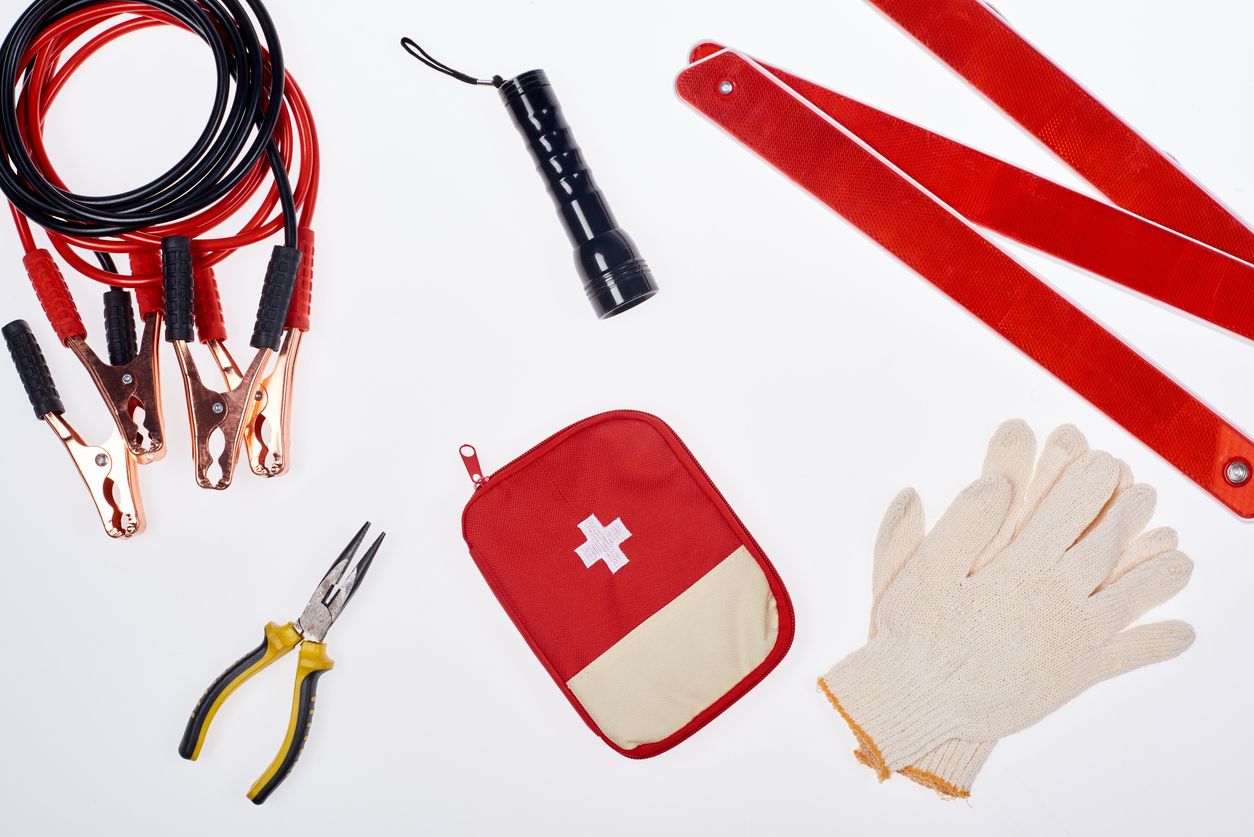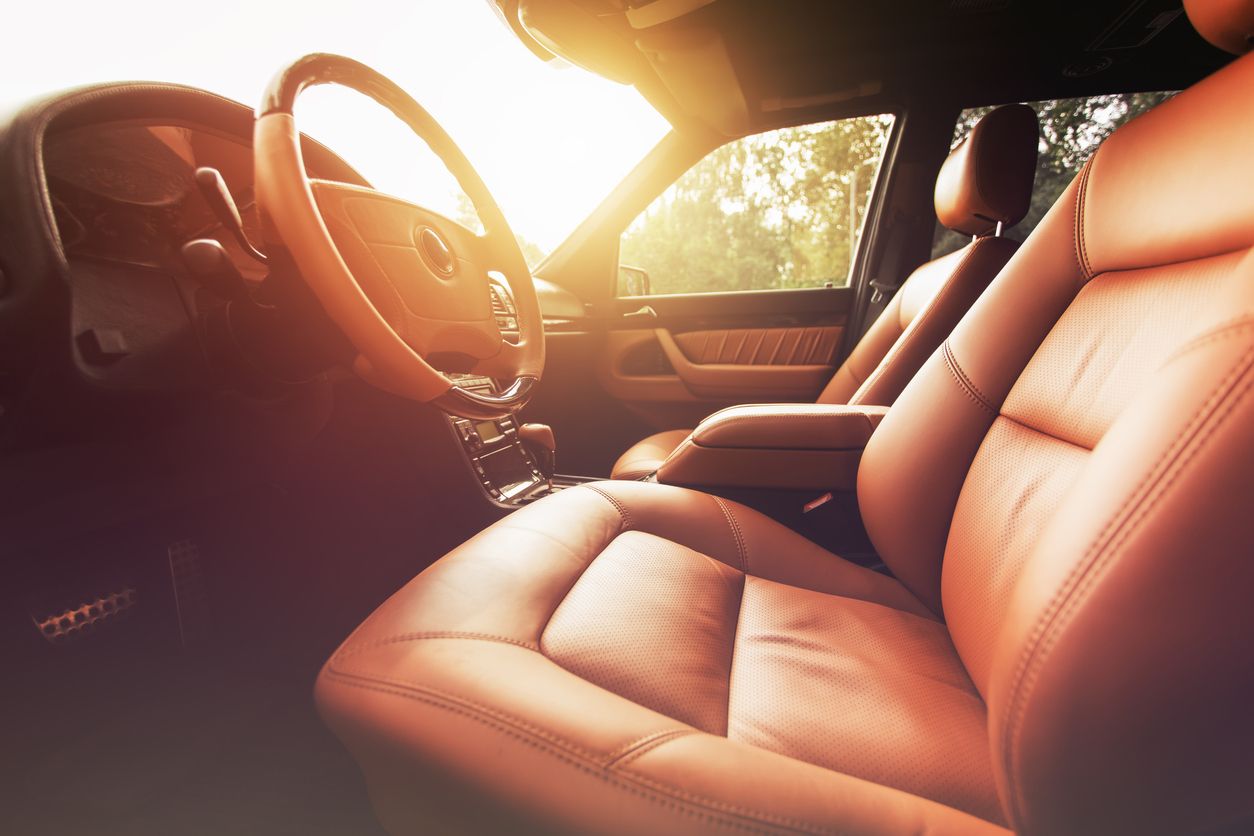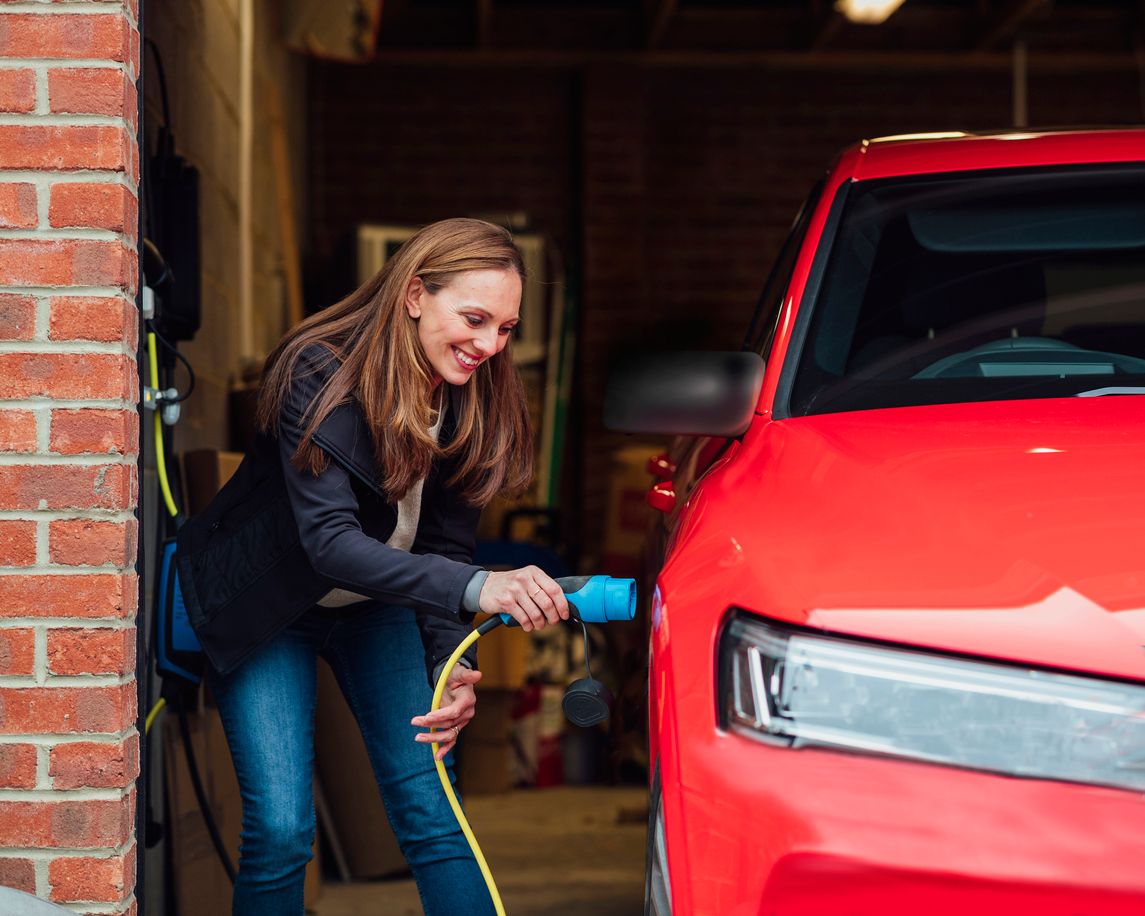Heading out for a winter drive? You’ll want to winterize your car and stock it with a winter emergency kit first — whether you live in a snowy climate or experience temperate weather year-round.
A winter car emergency kit is packed with essential items every motorist should have, plus a few carefully curated items with ice and snow in mind. Wondering how to make a winter car emergency kit but don’t know where to start? Read on to find out what you should pack and why.
Ways to Warm Up: Emergency Clothes, Blankets, & Heat
Being roadside with a broken-down vehicle is never fun. However, it’s much worse if you’re cold, wet, and without a way to stay warm. Here’s a list of cold-weather gear to keep tucked away in your winter car emergency kit — just in case.
Extra Warm Clothes
If you’re heading out in frigid weather, chances are you’re already donning warm winter apparel. Still — it doesn’t hurt to have extra stowed away just in case. Consider stocking your vehicle with these items:
- Insulated winter weather coat. Stay dry and comfortable with an extra winter coat. If possible, opt for a waterproof option heat-rated for several degrees below your average lowest temperature.
- Winter gloves. Go with a waterproof, ultra-warm option.
- Knit cap or beanie. Prevent heat loss with an insulated cap, preferably waterproof.
- Socks. An extra pair of socks is never a bad idea, particularly if you aren’t wearing weatherproof shoes during an emergency.
- Winter boots. A sturdy set of insulated, waterproof boots (or even rain boots) can help keep your feet warm and dry.
Emergency Thermal Blankets
To save on space — and maximize warmth in a cold-weather emergency — consider stocking your car with a few thermal blankets. These ultra-light alternatives to traditional blankets not only pack down well but are moisture-resistant and more heat-efficient.
Disposable Hand Warmers
If you find yourself in ultra-cold conditions — and without the comfort of your car’s heater — disposable hand warmers can help keep you warm in a pinch.
Power Sources: For Your Phone and Vehicle
An Emergency Phone Charger
Many drivers keep a USB or contactless cell phone charger in their vehicles. However, that won’t come in handy should your car battery fail on a long winter road trip. You need to know your phone will have the juice to call for help if you run into trouble. We recommend putting a rechargeable or battery-powered phone power source on your winter car emergency checklist.
Jumper Cables
Jumper cables are a must-have for any emergency vehicle kit — not just in the wintertime. However, you should definitely have them on hand in cooler months, as freezing temperatures are notorious for zapping car batteries. Not to mention, even if you don’t need them, a fellow motorist or friend might!
Pro-tip: Don’t wait until you need to use jumper cables to learn how. Read up on the right way to use them today.
Emergency Car Battery Charger
While jumper cables can help you get back on the road; they require you to connect to another vehicle. But what if no one is around to help? In that case, you’ll want to have an emergency car battery charger on hand. This way, you can feel confident driving through a rural winter wonderland.
Emergency Light Sources: Flashlights, Flares, & Hazard Triangles
Flashlights or Lanterns
It’s wise to keep an emergency flashlight or lantern inside your car. Toss your handheld flashlight into your center console, driver’s side door storage, or glove box. Keep another light source stowed away in your emergency kit. Flashlights and lanterns come in handy when you need to take a peek under the hood and can help alert other drivers of your presence on the road.
Flares
Should you require urgent assistance — and don’t have cell service — emergency flares can help you gain attention from authorities or passersby. Keep a few flares stashed in your emergency kit, just in case.
Hazard Lights
No matter where you experience a winter breakdown, you’ll need to be mindful of entering the roadway and alerting other drivers of your location. Hazard lights or triangles facing both upcoming and oncoming traffic are a great way to ensure other drivers don’t “sneak up.” And hazard lights can provide some additional lighting in a pinch, too.
Tools for Clearing Ice or Snow: Windshield Scraper & a Small Shovel
Windshield Scraper
Having a windshield scraper in your vehicle is useful even if you aren’t experiencing a car emergency. Anyone living in a cold-weather climate knows the drill: you can’t drive your vehicle with snow and ice clinging to your front windshield, rear windshield, roof, or hood.
Pro-tip: Ensure you have a clear and unobstructed view of the road by purchasing or making your own windshield defroster.
Small Snow Shovel
A small shovel can do mighty wonders, particularly if you find yourself stuck in snow and ice! You can use a small, compact shovel (or a foldable option) to dig out your tires in the event of a sudden blizzard onset.
Additional Traction: Kitty Litter, Sand, & Road Salt
Wet, snowy, or icy conditions sometimes require additional traction, particularly if snow accumulates while your vehicle is parked. Luckily, there are a few ways to gain additional traction: keep a bag of cat litter, sand, or road salt in your trunk should you need a little extra grip on the road.
Best of all, keeping these items in your car can help add additional weight to lightweight vehicles, making it easier to drive in snowy conditions.
Tire Care: Gauge, Inflator, Spare, & Car Jack
Tire Inflator & Gauge
Your car’s tires can inflate — or deflate — in relation to the temperature. Cooler weather can cause your tires to lose air pressure, which can result in low or flat tires. Hence, it’s crucial to keep an eye on your tire pressure in cooler months.
If you do find your tires running low on air during a winter road trip, having a tire gauge and portable inflator can be beneficial. From getting you back on the road and keeping your gas mileage in tact to protecting the overall health of your tires.
Spare Tire
Without a spare, you could be caught waiting on the side of an icy road for a tow truck. Keeping a spare tire in your vehicle is always a good idea. Just remember that a temporary spare can’t withstand regular driving, so you’ll want to drive slowly — preferably under 60 mph — and head to your nearest tire repair shop as soon as possible. If road conditions are snow-packed or icy, refrain from driving on your temporary spare. Instead, call a local tow truck or roadside service company for assistance.
Car Jack
Your spare tire won’t do you much good if you don’t have a car jack. This tool lifts up your vehicle so you can easily swap out a damaged tire for a spare or new tire.
Personal Emergency Essentials: First-Aid, Food, & Water
First-Aid Kit
First-aid kits are helpful even when you’re not in an emergency. In an emergency situation, however, they can be game changers when it comes to serious injuries. You can either purchase a pre-stocked car first aid kit or assemble your own.
Here’s what you should include:
- adhesive bandages,
- gauze
- wrap
- antibacterial ointments
- pain and fever relief medication
- tweezers
- scissors
Pro-tip: Check in on your first-aid kit regularly to ensure that it’s well stocked and that none of your items (like medicine or ointments) are past expiration.
Food
Being in a roadside emergency isn’t made any better by being cold and hungry. Consider keeping shelf-stable nonperishable snacks (like granola bars, nuts, or protein bars) in your emergency car safety kit. And be sure to check the expiration dates at the start of each winter season.
Water
Water is a must in any emergency or survival situation. Keep water bottles or cardboard water cartons in your vehicle, just in case. Be mindful that if you leave your vehicle parked outside regularly in cold temps, your water supply may freeze over.
Tools: Escape Tools, Tool Kit, & a No-Spill Gas Can
Escape Tools
You may need to escape your vehicle in an accident. Therefore, it's wise to keep a multipurpose escape tool with a seatbelt cutter and hammer in your center console. If you or a passenger can’t remove your seatbelt, or if you need to break a windshield or window, this tool may help you exit the vehicle.
Toolkit
A well-stocked toolkit is always good to have on hand — and as part of your year-round emergency car kit. Ensure that your vehicle is equipped with the basics, including:
- Electrical tape
- Socket Set
- Screwdrivers: Phillips head and slotted
- Pliers
- Multi-Tool or pocket knife
Having the right toolset may help you get back on the road faster.
Pro Tip: Don’t forget to include work gloves. Should you need to perform any automotive or towing work yourself, your hands will thank you.
Unused Small No-Spill Gas Can
It happens to the best of us. You're driving along the road and fail to realize that your fuel gauge has dropped to “E.” Running out of gas isn’t an ideal situation in any weather situation. But with a no-spill gas tank stocked away (and your extra set of winter clothes and flashlight!), you may be able to walk to a nearby gas station to fill up your empty can.
Get Winter Ready With Tires Plus
Now that you know what should be in a winter emergency car kit, are you ready for the roads ahead? Before you go, don't forget to ensure your vehicle is in great working condition. Maintain proper car care practices — like topping off fluids. Make an appointment at your local Tires Plus location today for a complete vehicle inspection before hitting those winter roads.



